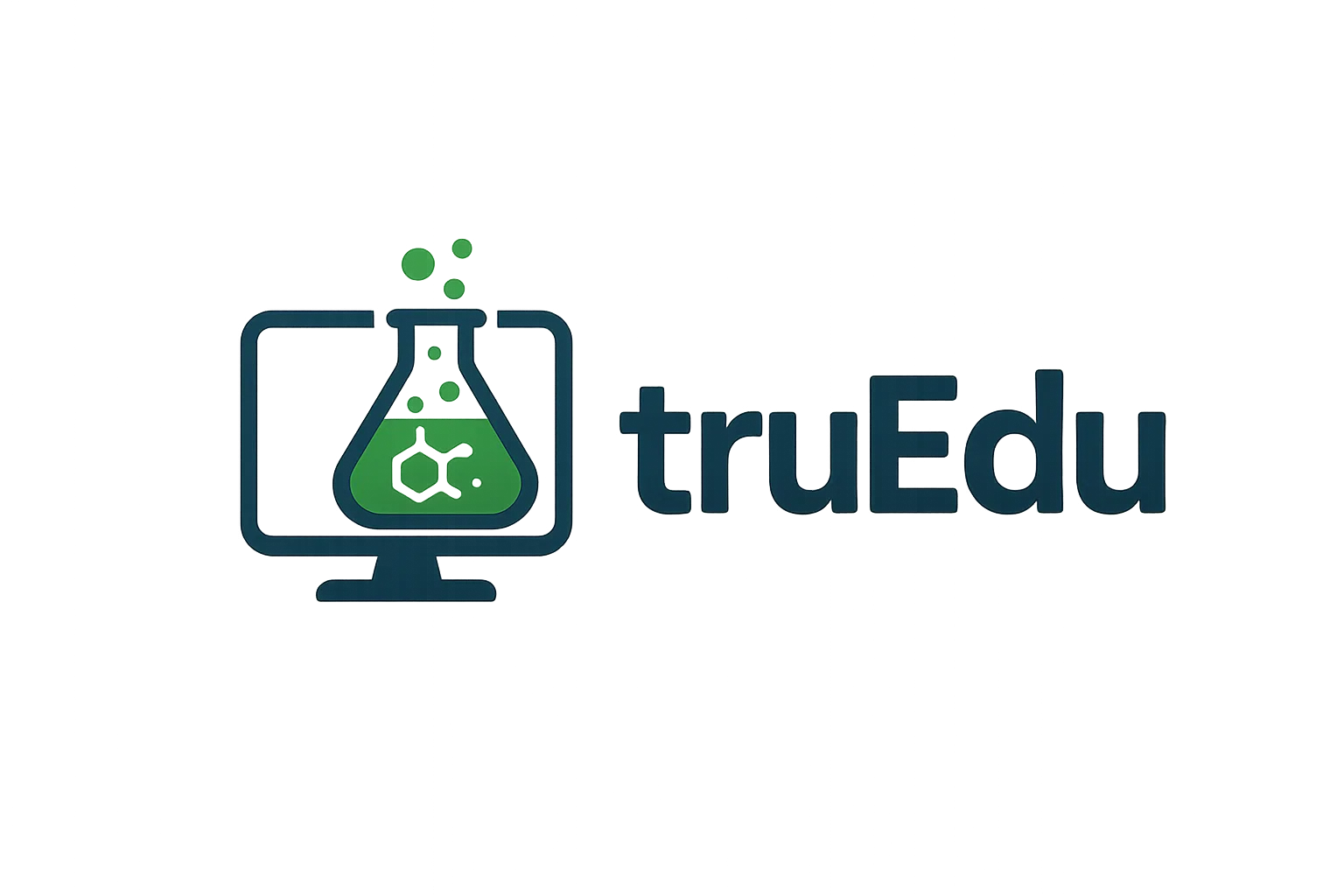Techniques in Biochemistry: Chromatography, Electrophoresis, and Spectroscopy Explained
Learn key biochemical techniques like chromatography, electrophoresis, and spectroscopy — their principles, methods, and applications in research and diagnostics.
Introduction
Biochemistry relies on various analytical techniques to study molecules, identify compounds, and understand biological processes.
Among the most important tools are chromatography, electrophoresis, and spectroscopy, each offering unique ways to separate, detect, and analyze biomolecules.
This article provides a simple yet detailed overview of these essential techniques.
1. Chromatography
What is Chromatography?
Chromatography is a method used to separate components of a mixture based on their movement through a stationary phase while being carried by a mobile phase.
Principle
-
Separation occurs due to differences in adsorption or partitioning between the stationary and mobile phases.
-
Components move at different rates, leading to separation.
Types of Chromatography
| Type | Principle | Example Application |
|---|---|---|
| Paper Chromatography | Partition between water (stationary) and solvent (mobile) | Amino acid separation |
| Thin Layer Chromatography (TLC) | Adsorption on a thin layer of silica or alumina | Drug purity testing |
| Column Chromatography | Adsorption on column packed with silica/alumina | Protein purification |
| Gas Chromatography (GC) | Volatile compounds separated in gas phase | Blood alcohol analysis |
| High-Performance Liquid Chromatography (HPLC) | High pressure for liquid separation | Pharmaceutical analysis |
Key Applications
-
Isolation of biomolecules (proteins, lipids, nucleic acids)
-
Drug testing and forensic analysis
-
Purification of compounds
2. Electrophoresis
What is Electrophoresis?
Electrophoresis is a technique used to separate charged molecules based on their size and charge by applying an electric field.
Principle
-
Charged particles move towards the electrode of opposite charge.
-
Smaller molecules move faster through the gel matrix compared to larger ones.
Types of Electrophoresis
| Type | Basis | Application |
|---|---|---|
| Agarose Gel Electrophoresis | Size-based separation of DNA/RNA | DNA fingerprinting, PCR analysis |
| SDS-PAGE | Separation of proteins based on size (mass) | Protein analysis |
| Isoelectric Focusing | Separation based on isoelectric point (pI) | Studying protein variants |
| 2D Electrophoresis | Combination of isoelectric focusing and SDS-PAGE | Complex protein mixture analysis |
Key Applications
-
DNA/RNA analysis and gene studies
-
Protein profiling and disease biomarker identification
-
Mutation detection
3. Spectroscopy
What is Spectroscopy?
Spectroscopy is the study of the interaction of electromagnetic radiation with matter, often used to determine molecular structure or concentration.
Principle
-
Molecules absorb, emit, or scatter light at specific wavelengths.
-
The type and amount of absorption/emission provide information about the substance.
Types of Spectroscopy
| Type | Principle | Example Application |
|---|---|---|
| UV-Visible Spectroscopy | Absorption of UV or visible light | Protein concentration measurement |
| Fluorescence Spectroscopy | Emission of light by excited molecules | Studying enzyme kinetics, DNA interactions |
| Infrared (IR) Spectroscopy | Absorption of IR light causing molecular vibrations | Identifying functional groups |
| Nuclear Magnetic Resonance (NMR) Spectroscopy | Absorption of radio waves by nuclei in magnetic fields | Structural analysis of biomolecules |
| Mass Spectrometry (MS) | Ionization and mass analysis of molecules | Protein sequencing, metabolite identification |
Key Applications
-
Structural elucidation of biomolecules
-
Quantitative measurement of biomolecules
-
Clinical diagnostics (e.g., vitamin D level measurement)
Summary Table
| Technique | Key Use | Major Advantage |
|---|---|---|
| Chromatography | Separation and purification | High specificity and scalability |
| Electrophoresis | Molecular size and charge analysis | High resolution for small samples |
| Spectroscopy | Molecular detection and analysis | Rapid, sensitive, and non-destructive |
Conclusion
Techniques like chromatography, electrophoresis, and spectroscopy form the backbone of modern biochemistry.
They enable the detection, quantification, separation, and analysis of complex biological molecules, fueling research advances and clinical applications.
A strong understanding of these methods is essential for anyone pursuing a career in biochemistry, biotechnology, or medicine.





